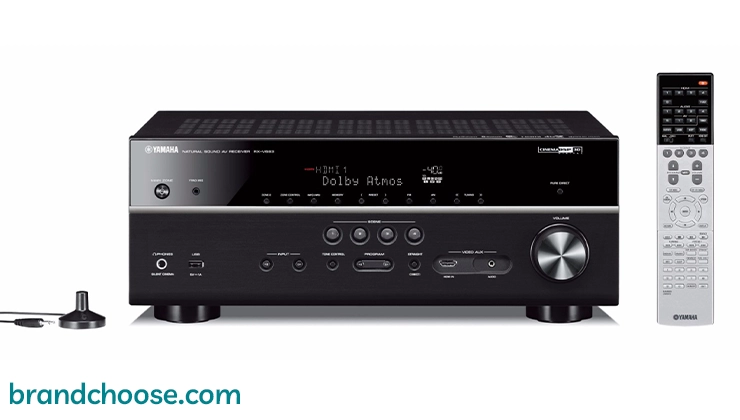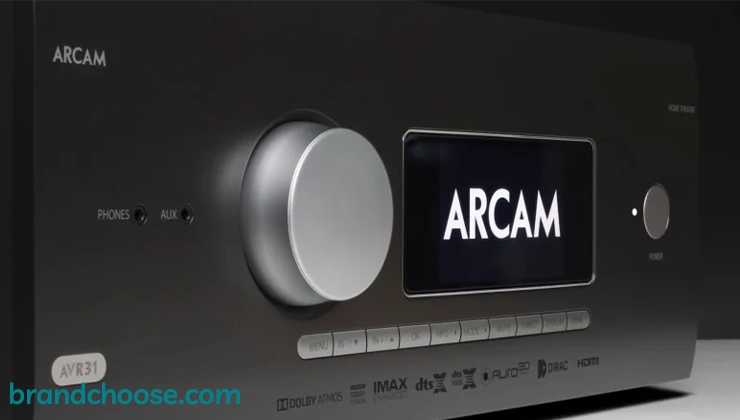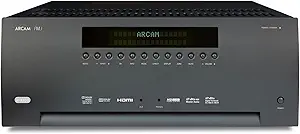
-
Settings adjusted based on room acoustics for sound
-
Wireless streaming and synchronized playback
-
High-quality audio formats like FLAC & ALAC
-
Advanced technologies like Dolby Atmos
-
Long-term reliability and longevity
-
Enhanced gaming experience
Yamaha AV Receivers
The pursuit of superior audio experiences in home entertainment often leads enthusiasts to delve into the world of Audio-Visual (AV) receivers. Amid a wide range of options, Yamaha AV receivers stand out due to their innovation, performance, and reliability. This article aims to examine the essence of Yamaha AV receivers, discussing their unique features, pros, cons, and why they are a worthy addition to your home theater setup.
Yamaha AV receivers serve as the central component of your home entertainment system. They are expertly designed to decode, amplify, and distribute audio and video signals with precision and clarity. Yamaha receivers, equipped with cutting-edge technology and a history of audio excellence, provide an immersive audio-visual experience that draws you into the heart of the action.

Arcam AV Receivers
In the realm of home entertainment, the heart of a truly immersive experience lies within the audio-visual (AV) receiver. Among the myriad of options available, Arcam AV receivers stand out as beacons of innovation, performance, and reliability. In this article, we delve into the realm of Arcam AV receivers, uncovering what makes them exceptional, their unique features, advantages, disadvantages, and why they deserve a place in your home theater setup.

Connectivity Options
Arcam, a renowned brand in the AV receivers category, offers a variety of connectivity options in their models that cater to the needs of modern users. One of the key features is the inclusion of HDMI 2.1 ports, which support 8K/60Hz and 4K/120Hz video pass-through, ensuring compatibility with the latest high-definition video formats. Additionally, Arcam AV receivers also provide eARC (Enhanced Audio Return Channel) support, which allows for the transmission of Dolby Atmos and DTS:X from TV apps with a single HDMI connection. In comparison to other brands, Arcam stands out with its inclusion of Dirac Live room correction technology, which can be connected to a computer for a higher level of customization. However, one potential downside is that some users may find the lack of built-in Wi-Fi a drawback, as many competitive models offer this feature. Nevertheless, Arcam compensates with Ethernet connectivity and Bluetooth, ensuring users can still stream music from devices or connect to home networks. Despite these minor cons, when it comes to connectivity options, Arcam AV receivers are on par, if not superior, to many other brands in the market.
















